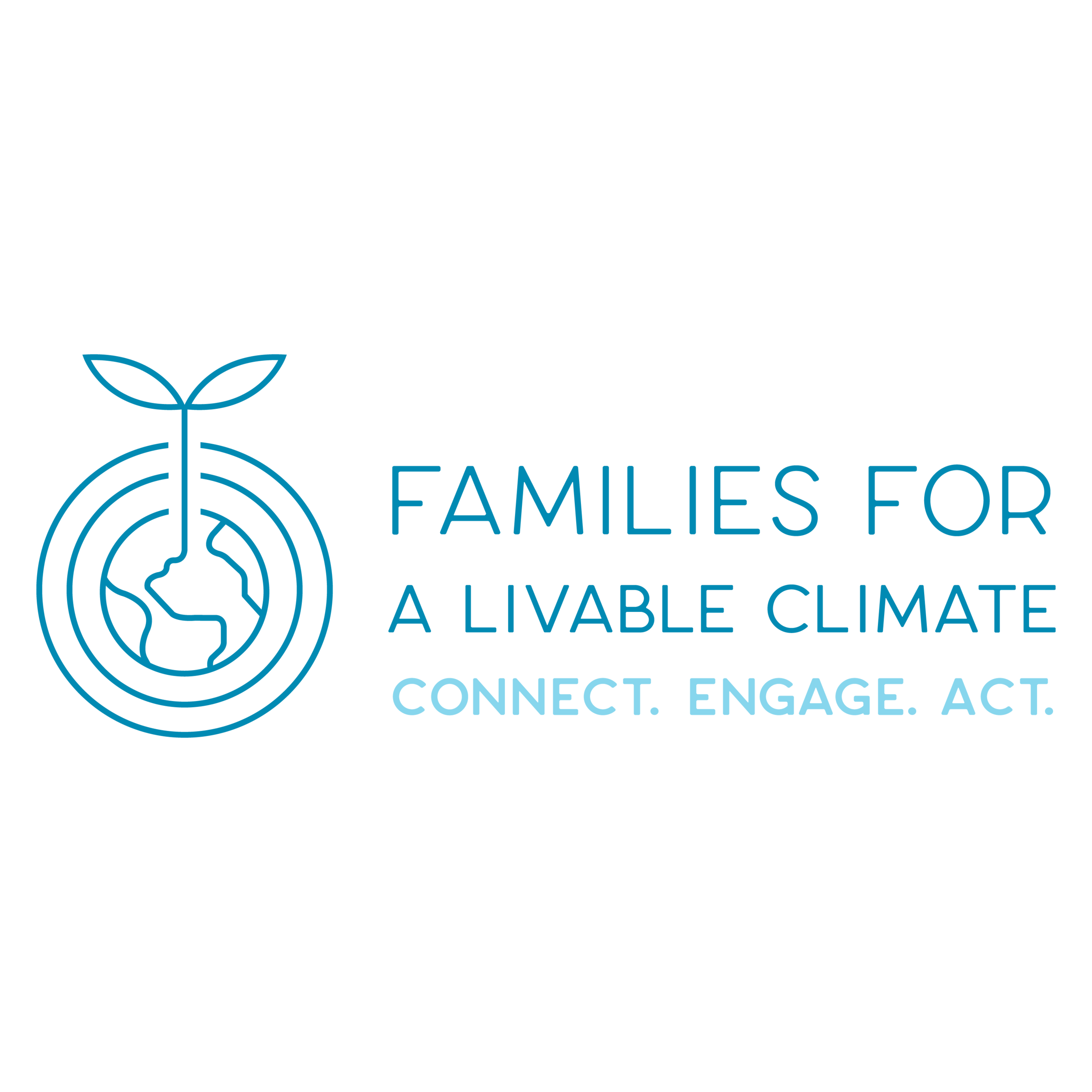What is the role of "efficiency" in deciding between meat, sustainable ranching, and plant-based alternatives?
Guest post by Logan Mannix - published in conjunction with his story for The Changing Times
When I read articles about "efficiency" in agriculture, I often hear arguments such as: how many gallons of water per pound of beef produced, or greenhouse gas emissions per pound, or other measurements like that. They compare those numbers of ranching "efficiency" to gallons or emissions per lb of vegetables, or compare feedlot beef to grassfed beef, etc. By this logic, feedlot beef may be more "efficient" than grass finished beef because grain finished beef finishes sooner, at 18 months, rather than older, at 24-30 months, there may actually be less methane emissions from the rumen for example per lb of meat produced. It is this same logic that makes “lab grown meat” look better. You need less water to grow beef in a petri dish than to feed a living breathing animal per lb of meat produced.
By this logic, wild animals are the MOST inefficient. Many wildlife die without being harvested by people or predators at all. They use many more acres per lb of meat produced, as most aren’t even gaining weight year to year but just maintaining while they continue to eat grass and “use” water. Wildlife that are ruminants are emitting methane while they do this. And we don’t harvest most wildlife for human consumption, so in terms of methane emissions, water use, acres needed, etc per lb of meat consumed by people, wildlife are NOT efficient. They are also inefficient for other reasons. A herd of buffalo has half males and half females, when you only need one male to breed 20-30 females. That is inefficient. The list goes on.
What is missing from this argument is that efficiency is most important in linear production systems where the end products are truly wastes. It is not important in circular systems where the wastes of one cycle are the starting products of the next. If the water drank by wildlife feeds back into the water cycle, pollution free; if when they defecate or die the “wastes” are eaten by scavengers or decompose and go back to the mineral cycle; if they don’t use more water from the water cycle than is replenished in a year; and if all the carbon in their bodies came from carbon that was sequestered by plants (Current sunlight, vs ancient sunlight) and will be sequestered again when the plants regrow…... then who cares if the process is efficient. The “wastes” aren’t wasted.
This leaves out of the discussion what “use” means. An acre “used” for a subdivision is different than an acre “used” for farming, which is different than an acre “used” for grazing. Only one of those still exists in its natural state.
This also leaves out a discussion of whether producing more pounds of beef per (Insert metric here) should be our metric. Maybe we should be producing less total pounds of beef, but not reducing grazing on ranchlands, just feeding less grains to cattle? Maybe we should decrease the number of cattle in feedlots, and increase the number grazing on integrated farms? Maybe we shouldn’t be burning down rainforests for cattle habitat?
Again I actually think it will always make sense to feed some grain. Some farmlands, especially dryland farms, are just more suited to grow crops like corn, wheat, and soy. However we probably overproduce all of those commodities because of massive government subsidies, and should probably be growing much more diverse crops. Scientists were hired by food companies to turn corn into high fructose corn syrup, and to find ways to turn corn into ethanol, in part because people don’t want to eat that much of it. And I’m not a nutritionist, but I don’t think we’ll be healthier if we eat way more corn, soy, and wheat, especially the processed stuff.
But even if we did grow more diverse crops, I think we will always produce more of those grains than people can eat. Plus, there will always be waste products, such as brewers grains, which are better fed to animals than composted in terms of pollution and emissions. In fact, I think it is only about 14% of even a grain finished beef’s diet that comes from food edible by humans, even much of what is fed in feedlots includes hay and crop residues, such as corn stalks, hulls, and seed cakes. Chickens and pigs, while being more efficient at converting grain into meat, also require more of the human edible grains, and less of the byproducts that ruminants can eat.
I won't claim to know what the proper balance is, but I think if we start by looking at what is best for each piece of land, each small ecosystem, then we will wind up in a better place. I think I’d prefer a cow that is less efficient in terms of “acres or gallons or emissions per lb”, but that doesn't require inputs, fertilizers, pesticides, etc, and is working within an ecosystem with a functioning water cycle and nutrient cycle, over a more “efficient” cow built on farmland that is deteriorating.
